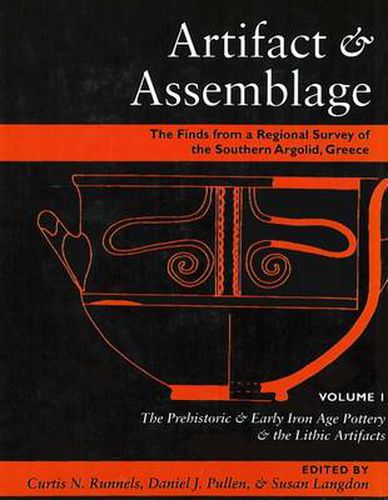Readings Newsletter
Become a Readings Member to make your shopping experience even easier.
Sign in or sign up for free!
You’re not far away from qualifying for FREE standard shipping within Australia
You’ve qualified for FREE standard shipping within Australia
The cart is loading…






This volume presents for the first time in the history of Greek archaeology a full and detailed analysis of the artifacts discovered in the course of a large-scale and intensive regional survey - the Argolid Exploration Project, an environmental and archaeological survey of the Argolid peninsula in southern Greece conducted by Stanford University. The ceramic artifacts include potsherds from the Neolithic period to the early Iron Age, and also include roof tiles from the Early Bronze Age. The lithic artifacts include flaked-stone implements as well as non-flaked items. All the artifacts were collected from 328 archaeological sites between 1979 and 1983. The analyses of the artifacts have allowed the identification of local production, the tracing of trade patterns within and outside the region, and the construction of a chronological sequence of artifacts covering a period of some 50,000 years.
$9.00 standard shipping within Australia
FREE standard shipping within Australia for orders over $100.00
Express & International shipping calculated at checkout
This volume presents for the first time in the history of Greek archaeology a full and detailed analysis of the artifacts discovered in the course of a large-scale and intensive regional survey - the Argolid Exploration Project, an environmental and archaeological survey of the Argolid peninsula in southern Greece conducted by Stanford University. The ceramic artifacts include potsherds from the Neolithic period to the early Iron Age, and also include roof tiles from the Early Bronze Age. The lithic artifacts include flaked-stone implements as well as non-flaked items. All the artifacts were collected from 328 archaeological sites between 1979 and 1983. The analyses of the artifacts have allowed the identification of local production, the tracing of trade patterns within and outside the region, and the construction of a chronological sequence of artifacts covering a period of some 50,000 years.